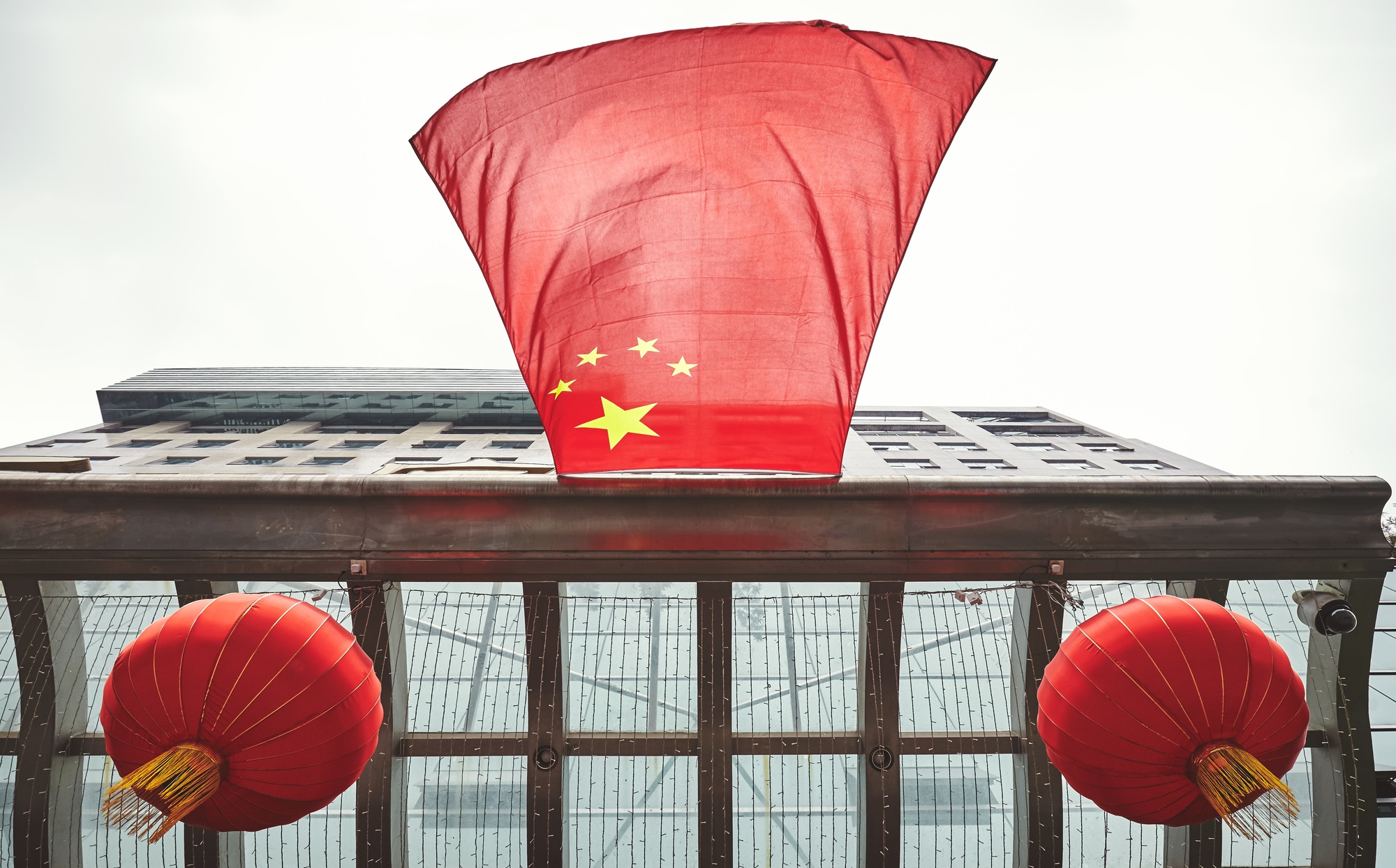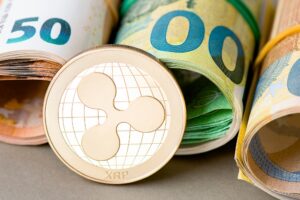China’s economy is grappling with mounting deflationary pressures, as evidenced by the latest data showing a significant drop in factory-gate prices. In April 2025, the Producer Price Index (PPI) declined by 2.7% year-on-year, marking the steepest fall in six months. This downturn underscores the challenges faced by the world’s second-largest economy amid ongoing trade tensions with the United States and sluggish domestic demand.
The Consumer Price Index (CPI) also reflected a downward trend, slipping 0.1% in April compared to the same period last year. This marks the third consecutive month of consumer price declines, highlighting persistent weak consumption.Core inflation, which excludes volatile food and energy prices, remained subdued at 0.5% year-on-year.
Trade Tensions Exacerbate Economic Strain
The protracted trade dispute between China and the United States has intensified economic strain. Recent escalations, including the imposition of higher tariffs by the U.S., have disrupted export activities and dampened business confidence.Manufacturing activity in China contracted at its fastest rate in 16 months, reflecting the adverse impact of trade barriers on industrial output.
The trade war has not only affected external demand but also contributed to a cautious investment climate domestically.Businesses, facing uncertainty, have scaled back expansion plans, further slowing economic momentum.
Credit Growth Slows Despite Stimulus Efforts
In an attempt to counteract the economic slowdown, Chinese policymakers have implemented various stimulus measures, including interest rate cuts and liquidity injections. However, these efforts have yet to translate into robust credit growth.New yuan loans in April are projected to have plummeted to 700 billion yuan, a sharp decline from 3.64 trillion yuan in March. This significant drop indicates tepid demand for credit, as both businesses and consumers remain cautious amid economic uncertainties.
Total Social Financing, a broad measure of credit and liquidity in the economy, is also expected to have decreased substantially. While increased government bond issuance may offset some of this decline, the overall picture points to a restrained credit environment.
Policy Implications and Outlook
The persistent deflationary trend and weak credit growth present significant challenges for China’s economic policymakers. Analysts suggest that more aggressive fiscal policies may be necessary to stimulate domestic demand and counteract the deflationary cycle. Such measures could include increased government spending on infrastructure projects and targeted support for key industries.
As China and the United States prepare for trade talks in Geneva, there is cautious optimism that some easing of tensions may occur. However, expectations for substantial breakthroughs remain low, given the complexity of the issues at hand.Any progress in negotiations could provide a much-needed boost to market confidence and economic stability.
China’s economic landscape in April 2025 is characterized by deepening deflation and sluggish credit growth, exacerbated by ongoing trade tensions with the United States. While policymakers have introduced stimulus measures, their effectiveness remains limited amid cautious consumer and business sentiment. The upcoming trade talks may offer a glimmer of hope, but substantial policy interventions are likely required to steer the economy back toward stable growth.







